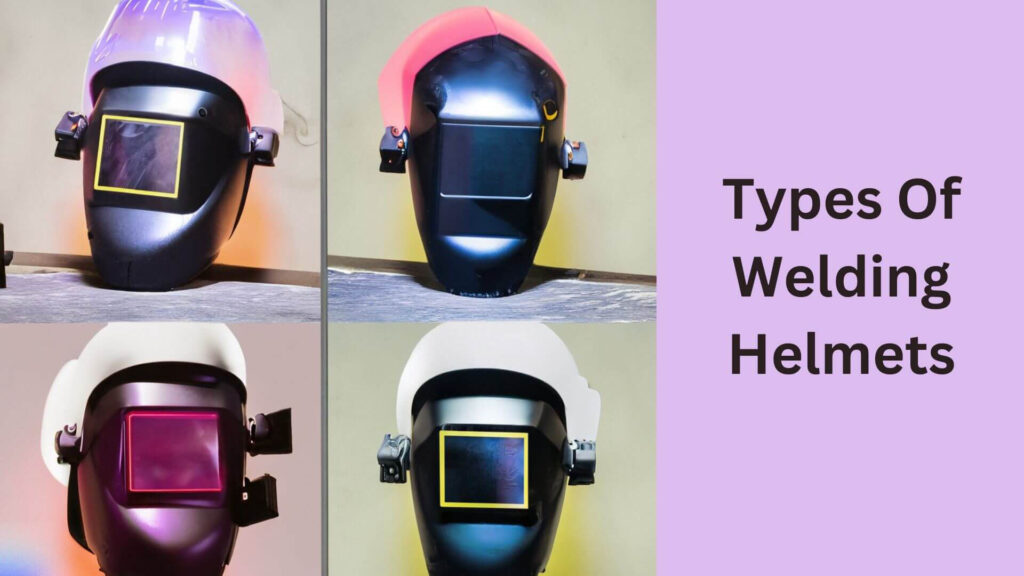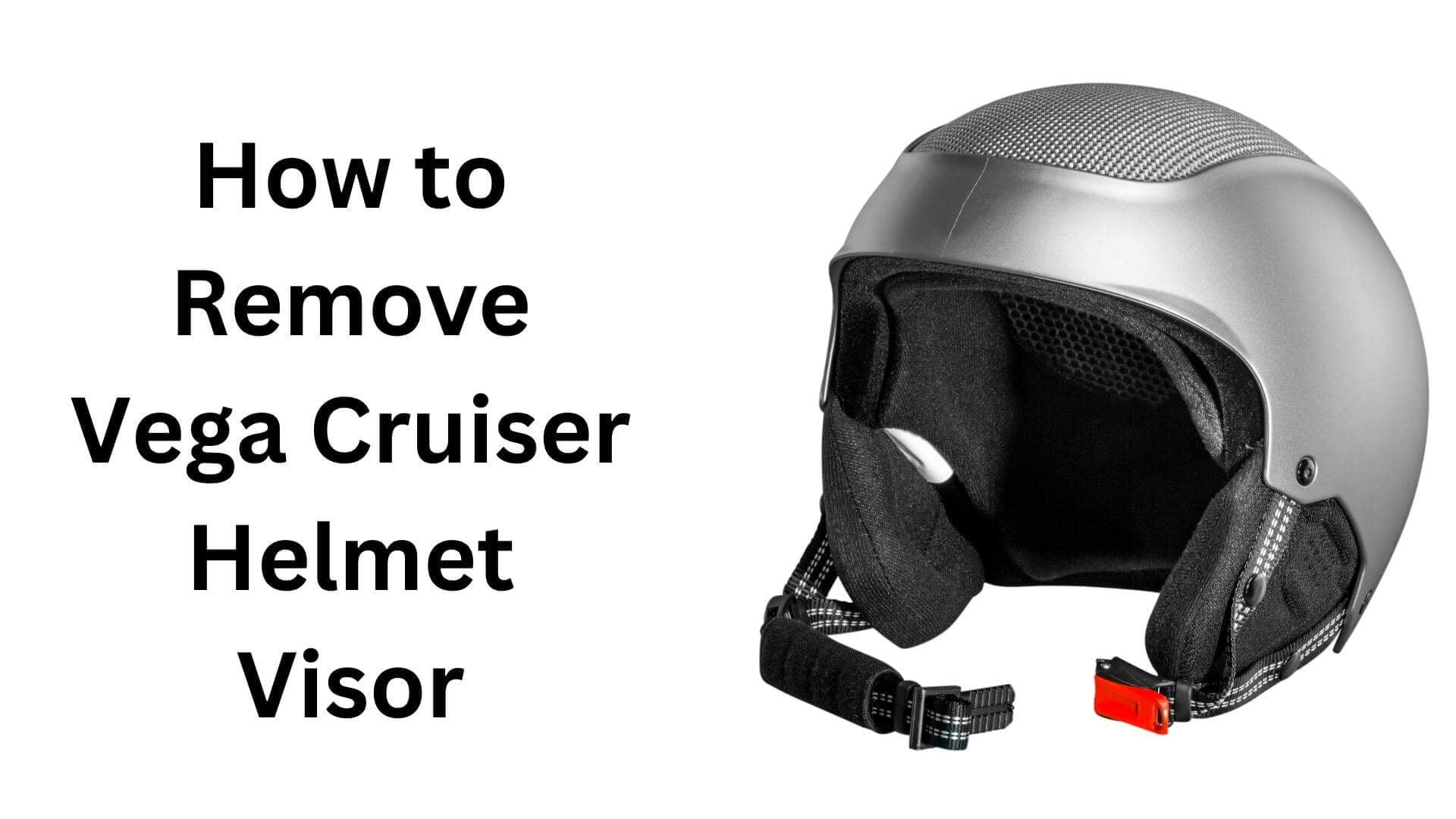How Long to Charge Welding Helmet? Essential Time Guidelines

Attention all welding enthusiasts! How long does it take to charge your welding helmet?
Many welders are unaware that improper charging can shorten their helmets’ lifespan. That’s why it’s crucial to understand the ins and outs of charging your welding helmet.
A welding helmet typically takes around 2 to 4 hours to charge fully. A welding helmet is a crucial piece of equipment required for welding tasks.
The charging duration for welding helmets varies, depending on the model and battery life. As a rule of thumb, charging the welding helmet entirely takes 2-4 hours.
However, it’s always important to refer to the manufacturer’s instructions to understand the exact duration required for your welding helmet. This article discusses some essential tips and methods for charging welding helmets.
By the end of this article, you’ll better understand how to charge your welding helmet and extend its longevity properly. Don’t miss out on this valuable information!
Types Of Welding Helmets

Welding helmets come in different varieties, each with its unique features. Here are the most commonly used welding helmet types:
- Standard welding helmets: These helmets feature a fixed shade lens that provides constant protection.
- Auto-darkening welding helmets: With this type of welding helmet, the lenses darken automatically when exposed to intense light to protect the welder’s eyes.
- Powered air-purifying respirator (papr) welding helmets: These helmets have a built-in air filtration system that provides clean air for the welder to breathe.
1. Comparison Of Battery And Solar-Powered Helmets
Welding helmets can either be battery-powered or solar-powered. Here’s what you need to know about each type:
- Battery-powered welding helmets: These have rechargeable batteries that store energy during welding. They have a relatively short lifespan and require frequent charging.
- Solar-powered welding helmets: These helmets have solar cells that harness energy from the sun to power the helmet. They have a more extended lifespan than battery-powered helmets and are eco-friendly.
2. The Impact Of Helmet Type On Charging Time
The charging time of a welding helmet can vary depending on your helmet type. Here’s how the different helmet types affect charging time:
- Standard welding helmets: These don’t require charging and are always ready for use.
- Auto-darkening welding helmets: The charging time for these helmets can take anywhere from one to three hours, depending on the battery’s condition.
- Papr welding helmets require longer charging times ranging from three to five hours.
3. Factors To Consider When Selecting A Welding Helmet
Choosing a welding helmet can be overwhelming. Here are some essential factors to consider when selecting a welding helmet:
- Type of welding: Different welding processes require different levels of lens shade. Make sure your helmet is suitable for your welding process.
- Comfort: The helmet should be comfortable and not strain your neck during prolonged use.
- Durability: A good helmet should withstand the harsh conditions of welding. Look for helmets made with sturdy materials.
- Price: Welding helmets come at different price points. Choose a helmet that meets your budget and needs.
Selecting the fitting welding helmet is crucial to ensuring your safety while welding. Consider the type of helmet, power source, charging time, and other factors to make an informed decision.
Read More: How to Change Batteries in a Welding Helmet?
Charging Process
Step-By-Step Instructions On How To Charge Your Welding Helmet
Charging your welding helmet is essential to ensuring it lasts as long as possible. Here is a step-by-step guide to walk you through the charging process:
- Plug the charger into the electrical outlet.
- Connect the charger adapter to the charging port located on the helmet.
- Check the battery indicator on the helmet. It may take a few minutes for the battery indicator to light up, indicating that the helmet is charging.
- Wait until the battery is fully charged before disconnecting the charger adapter.
- Remove the charger adapter from the helmet, unplug the charger from the electrical outlet, and store the charger and helmet in a safe location.
1. Factors That Can Affect The Charging Process
The charging process can be affected by several factors. Here are a few things to keep in mind when charging your welding helmet:
- The type of battery in your helmet can affect the charging process. Lithium-ion batteries tend to charge faster than other types of batteries.
- The temperature of the environment can also play a role. It may take longer if the helmet is charged in a colder environment.
- The charging performance may be affected if the charger or charging port is damaged or malfunctioning.
- Overcharging the helmet can damage the battery and cause it to deteriorate quickly.
2. Average Charging Time For Different Types Of Welding Helmets
The charging time for a welding helmet can vary depending on the type of helmet and the battery capacity. Here is a general guideline:
- Standard welding helmets with a smaller battery capacity will take approximately 2-3 hours to charge fully.
- Auto-darkening welding helmets with larger battery capacities may take up to 4 hours to charge fully.
Remember that this is just a general guideline. Always refer to the manufacturer’s instructions for specific charging times and instructions.
3. Tips For Extending The Life Of Your Helmet’S Battery
The lifespan of your welding helmet’s battery can be extended by following a few simple tips:
- Store the helmet and charger in a dry and cool environment when not in use.
- Avoid overcharging the battery. Disconnect the charger once the helmet is fully charged.
- If you don’t use your helmet for an extended period, store it with a partially charged battery.
- If you notice the battery performance deteriorating, it may be time to replace it.
- Always refer to the manufacturer’s instructions for proper battery care and maintenance.
By following these tips, you’ll be able to get the most life out of your welding helmet’s battery.
Read More: How to Charge a Welding Helmet?
Troubleshooting
1. Common Issues That May Arise During The Charging Process
Welding helmets are an essential component of welding safety gear. Charging the welding helmet battery is necessary for the helmet to operate efficiently. However, there may be issues that arise during the charging process. A few common issues include:
- Battery not charging
- Charger not working
- Slow charging
- Overheating
- Short battery life
2. Troubleshoot These Issues
Troubleshooting your welding helmet can save you time and money. Here are a few tips for troubleshooting common issues:
- Battery not charging: Ensure the battery is properly connected to the charger. Clean the battery terminals with a small brush to remove dirt or debris. If the battery still doesn’t charge, replace it.
- Charger not working: If not, try plugging it into a different outlet. If it still does not work, replace it.
- Slow charging: Check the outlet’s voltage and ensure it meets the requirement of the charger. Use a different charger or battery to see if the issue persists. If it does, check the helmet for damages or contact the manufacturer.
- Overheating: Allow the helmet to cool down before attempting to charge it again. Keep the helmet in a cool area away from direct sunlight or heat sources.
- Short battery life: If the battery doesn’t hold a charge for an adequate amount, it may be time to replace it.
When To Replace Your Welding Helmet’S Battery Or Charger?
Knowing when to replace your welding helmet’s battery or charger is essential. Here are some indicators that it’s time for a replacement:
- Battery: If the battery doesn’t hold a charge or takes too long, it may be time for a replacement.
- Charger: If the charger doesn’t work or takes too long to charge the battery consistently, it may need to be replaced.
Charging your welding helmet battery is important to ensure the longevity of your welding helmet’s life.
Keep an eye on these common issues, and troubleshoot them when necessary. If it’s time for a replacement, do so promptly to keep yourself safe.
Read More: When to Replace Your Welding Helmets?
Best Practices For Maintaining Your Welding Helmet

If you’re a welder, you know how vital a welding helmet is to protect your face and eyes from welding light, sparks, and radiation. But did you know maintaining your welding helmet is as important as wearing it?
Here are some best practices for maintaining your welding helmet.
1. Cleaning And Storage Tips For Your Welding Helmet
Cleaning your welding helmet after every use is essential to maintaining its quality and prolonging its lifespan. Here are some tips on how to clean and store your welding helmet:
- Use a soft, damp cloth to clean the helmet’s outer surface. Avoid using abrasive materials or cleaners as they may damage the lens or the helmet.
- If the lens is dirty, remove it and clean it separately with a lens cleaning solution and a microfiber cloth.
- Dry the helmet entirely before storing it in a cool and dry place. Avoid storing it in a damp and humid place, as it may damage the helmet or the lens.
2. How Often To Charge Your Helmet?
Most welding helmets come with a rechargeable battery that powers the auto-darkening lens. But how often do you need to charge your helmet’s battery? Here are some general guidelines:
- Charge your battery before using your welding helmet if it’s been stored for a long time.
- Charge your battery after every use to maintain its charge level.
- If you frequently use your welding helmet, charge it once a week to ensure enough power for your subsequent use.
3. Importance Of Proper Maintenance
Proper maintenance of your welding helmet is crucial for your safety and the helmet’s longevity. A well-maintained welding helmet:
- Provides clear visibility during welding for accurate and efficient work.
- Protects your face and eyes from welding hazards, preventing injuries and health issues.
- Lasts longer and saves you money in the long run, as you won’t need to replace your helmet frequently.
4. The Impact Of Charging Frequency On The Lifespan Of Your Battery
The battery life of a welding helmet depends on its use and charging habits. Charging your helmet’s battery too often or not charging it often enough can shorten its lifespan. Here are some tips to ensure that your helmet’s battery lasts as long as possible:
- Charge your battery when it’s low, but don’t keep it on the charger indefinitely, as it may overcharge and shorten its lifespan.
- Avoid exposing your helmet to extreme temperatures, as it may damage the battery or the helmet.
- If you won’t use your helmet for an extended period, remove the battery and store it separately in a cool and dry place.
Read More: How Do Welding Helmets Work?
Frequently Asked Questions Of How Long To Charge Welding Helmet
How Long Does It Take To Charge A Welding Helmet?
Charging a welding helmet usually takes 2-4 hours, depending on the model and battery capacity.
Is It Safe To Wear A Welding Helmet While Charging?
No, it is not safe to wear a welding helmet while charging. Always disconnect the charger before use.
How Do I Know If My Welding Helmet Is Fully Charged?
Most welding helmets have an indicator light that turns off when the helmet is fully charged.
Can I Use My Welding Helmet While It’s Plugged In?
No, it is not safe to use a welding helmet while it’s plugged in. Always unplug it before use.
What Type Of Charger Do I Need For My Welding Helmet?
Check the manufacturer’s instructions for the correct charger type and specifications for your welding helmet.
Final Remarks
Proper maintenance of your welding helmet plays a vital role in the longevity of its performance. Charging your welding helmet is an integral part of its maintenance, ensuring that your helmet can protect you efficiently. Depending on the type of welding helmet, the charging time may vary.
Always refer to the manufacturer’s manual to avoid any confusion or damage to your helmet’s battery. Remember to charge your helmet whenever you are not using it and optimize your welding experience. Don’t forget to verify the charging status for efficient and optimal protection.
Adhering to this simple rule of regularly charging your welding helmet will ensure you remain safe and protected while working.
Give your welding helmet the attention it deserves, and it will reward you with long-lasting performance. So, commit to regularly charging your welding helmet, and stay healthy and protected.
Happy welding!

Hey, I’m Hrithik Hossain. I am the head of helmethacks.com, which specializes in safety helmets. I am looking to connect with anyone interested in purchasing a helmet or who has any questions about different types of helmets. I have over 8 years of experience as a helmet expert, and I can’t wait to help you find the perfect helmet for you. I can help you with any questions regarding helmets, from the best brands to fitting, style, and more! I really enjoy keeping people safe by ensuring they have the best protection possible.







